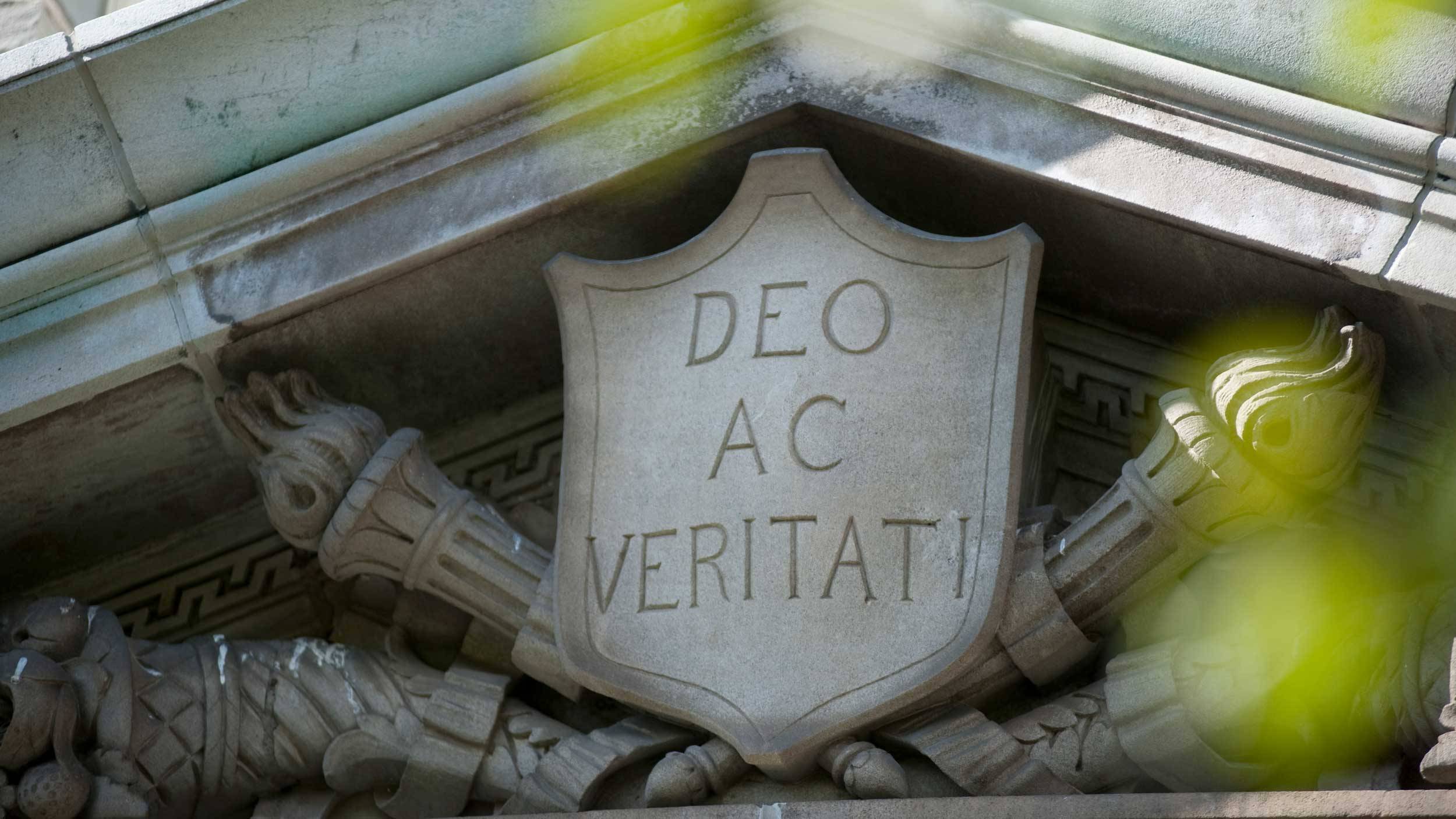Students with a total family income up to $175,000 will now attend Colgate University tuition-free, and those with family incomes of up to $200,000 will have their demonstrated aid need met without loans starting in the fall of 2026, thanks to a new expansion of the Colgate Commitment, the University’s pledge to increase access and affordability, first launched in 2020.
This new income level for eliminating tuition more than doubles the no-tuition threshold that was established when the commitment was first introduced. In addition, this expansion increases the number of students who will not see a federal loan as part of their financial aid offer, and it adjusts the percentage of tuition for which families are responsible based on new income brackets.
“Expanding the Colgate Commitment opens the doors of this world-class University to more exceptional students from all walks of life,” said President Brian W. Casey.
Colgate has previously increased the opportunities for more families to take advantage of the popular aid initiative. This expansion marks the third time that Colgate has worked to broaden the scope of the aid initiative, a critical part of the University’s Third-Century Plan. The last update, announced in 2022, included expansion of aid packages to meet the average cost of textbooks and other academic expenses.
“During my college search, I wanted to apply to schools that allowed me the freedom to explore a variety of interests, and I wanted small, intimate classroom environments where I could get more time with my professors. I applied to many small, liberal arts schools, and I chose the one that was the most affordable,” says Reem Numan ’27.
Targeting lower- and middle-income families, who often face difficult conversations about choosing college based on net costs to the student, the Colgate Commitment ensures that only a reasonable percentage of family income goes toward tuition.
This expansion has been made possible thanks to the generosity of the Colgate community. "We're so grateful for the outpouring of financial aid support from our alumni and families," says Kim Harris, vice president for advancement. "As more resources become available from our generous community, the better able Colgate is to continue the expansion of the Colgate Commitment. The Colgate Commitment is one of the Campaign for the Third Century's top priorities because it has such a profound impact on the caliber of students who choose to enroll here."
Beyond aiding those with the greatest level of need, this expansion also makes a Colgate education more affordable for those in the middle and upper-middle income brackets. Families with an annual income between $175,000 and $200,000 will, on average, now pay just 5% of their income toward tuition. Families with annual income levels between $200,000 and $250,000 will, on average, now pay 7% of their income toward tuition, and those with incomes of $250,000-$300,000 will pay, on average, 10% of their income toward tuition.
“Applying for financial aid can feel complicated and overwhelming,” says Senior Associate Dean and Director of Financial Aid Gina Soliz. “This expansion of the Colgate Commitment helps simplify the financial aid process and increases the number of students who will benefit from having loans replaced with Colgate grants.”
Learn more about the details of this aid program, along with frequently asked questions, at colgate.edu/colgatecommitment.
Composition of the Colgate Commitment
- Tuition-free
- No-loan eligible
- 5% of income toward tuition, on average
- No-loan eligible
- 7% of income toward tuition, on average
- 10% of income toward tuition, on average
- The University continues to meet 100% of the demonstrated need of all admitted students.
